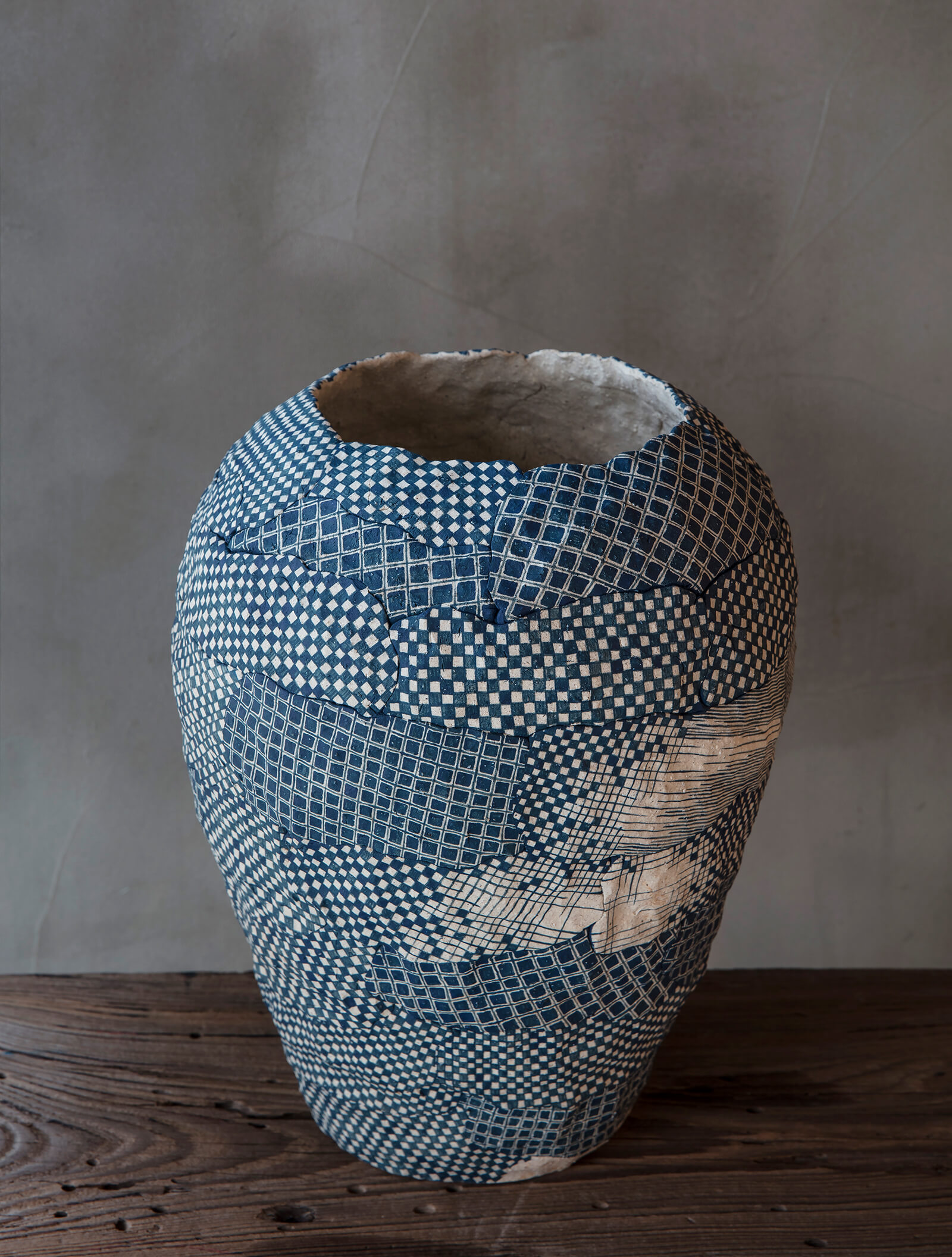Art ceramics (or artistic ceramics ) is the art of creating a type of ceramics made from materials such as clay which are given an “artistic form”: ceramic tiles, figurines, sculptures, dishes, etc. Visual arts, and more broadly plastic arts, art ceramics can be works of art, decorative, industrial, applied objects, or even artifacts. Artistic ceramics are the fruit of one or more people. Art ceramics are designed, manufactured, and decorated in potteries or in ceramic workshops.

Most traditional ceramic products have been made from clay (or clay mixed with other materials), shaped, and subjected to heat. Tableware and decorative ceramics are still generally produced this way. In modern ceramic engineering, ceramic is the art and science of making objects from inorganic, non-metallic materials by heat. It, therefore, excludes glass and glass mosaic tesserae.
Ceramic art has a long history in most developed countries, and many ceramics are artistic elements left over from extinct cultures, such as that of the Nok in Africa over 2000 years ago. Cultures notably recognized for their artistic ceramics include the Chinese, Cretans, Greeks, Persians, Mayans, Japanese, and Koreans, as well as modern Western cultures.
The elements of ceramic art, on which different degrees of importance have been placed according to the eras, are the shape of the object, its painted decoration, the sculpture, or even the glazing present on many ceramics..
Korean ceramics
Korean ceramics appeared around 10,000 BC in Palaeolithic cultures or operating the transition between Upper Paleolithic and Neolithization. It is, then, in the Neolithic, simple forms, with light reliefs which facilitate the prehension. Long before the constitution of the first kingdoms, the Korean cultural space was in relation with its neighbors, and similarities in the ceramics can testify to this from this distant time.
Then Korean ceramics continued to invent new forms while integrating certain technical elements of Chinese ceramics, such as stoneware and glazes, then proto-porcelain, due to China’s occupation of part of the country. , from 108 BCE to 313 CE, but primarily because of its proximity, especially to its colonies, that the Korean Baekje Kingdoms maintained within the Chinese Empire.
Then, under the Goryeo dynasty (918 – 1392), she was again inspired by Chinese ceramics and resumed the process of stoneware with a celadon green glaze but applied them, with a brilliance celebrated by the Chinese themselves to forms of a beautiful creative spirit and, for a large part of the production, to decorative techniques specific to Korea: an art of “engraved” ceramic, incised, close to the art of bronze during the carving, the inlay and damascene. The green color in these luxurious Goryeo ceramics is more discreet than in China.
The Joseon period (1392 to 1910) saw new forms of sandstone, more refined, more modest materials, and a more spontaneous work appreciated in neighboring Japan: buncheong ceramics, where white slip plays an important role. At the same time, alongside this art, all in the economy of means is also developing a taste for white porcelain of great purity of form and painted porcelain, “blue and white” or painted in brown. Of iron, even with the red of copper oxide. The gesture of the Korean painter always retains its simplicity of expression, speed, and fantasy.

The art of contemporary Korean ceramics
Current Korean artists use the means of ceramics and its symbolic richness in Korea for a practice that reinvents its forms and forges new visions, aesthetic or otherwise. Among the countless Korean artists and ceramists who use or are inspired by ceramics, here are just a few featured in the “Earth, Fire, Spirit” exhibition. Masterpiece of Korean Ceramics”. Spring 2016, Paris.

Translated Vase [Vase traduit]. 2007. Smart Museum of Art, The University of Chicago
Some artists do not hesitate to collaborate closely with professional ceramists, as Lee Ufan does with ceramist Park Youngsook: they thus decline the constituent principles of Korean ceramics in their essential form: for example, for a piece of all the forms they retain the moon jar in white clay – the gesture: the single stroke of the brush – the color: blue on white… The visual artist Sheong Kwangho only approaches ceramics to transgress its opaque form and close on itself, retaining its cracked appearance and the fragility of pottery reconstituted in museums, thus evoking the pure and fragile state with a simple copper wire! Shin Sang-ho, a trained ceramist, deploys their types beyond their traditional uses (as when he assembles fragments of colored dishes to evoke a Korean patchwork: the jogakbo ). Huang Kapsun diverts classic means in a spirit that revisits minimal art.

The ceramist Yeesookyung works on large assemblages of fragments of old ceramics (as one glues precious vases, according to tradition), giving them an unexpected, proliferating scale on graceful and sometimes even voluptuous lines. “The materials and processes chosen transcend the breaks between Art and Applied Arts, East, and West, ancient and modern”.
The photographer Koo Bohnchang currently refers to features of Korean culture, such as the famous white porcelain, with the qualities specific to photography in its most subtle shades, here the shades of whites on a “white” background. Shin Meekyoung strives to reproduce old vases in soap paste: the universal permanence of ceramics meets its image here; one could not be more fragile, almost bubbles! The video can also multiply points of view and angles and capture a form as emblematic of Korean ceramics as the moon jar. And thus slipping from its shape, “which tends to perfection,” and from its “almost white and smooth” material to reach a universal plane. At last, artist Kimsooja, with her video installation Earth, Water, Fire, Air, “addresses the universality of ceramics as the embodiment of nature’s simplicity and splendor.”

